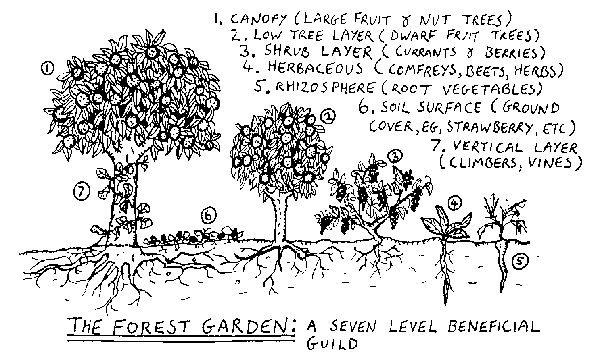
 6
6




 6
6




Idle dreamer
 1
1




 4
4




Joy Oasis wrote:Thank you. So I don't have to feed them grain. But then I will need some sort of wood chip vedding or something like that?
Come join me at www.peacockorchard.com
 1
1




 4
4




Joy Oasis wrote:Thank you. So I don't have to feed them grain. But then I will need some sort of wood chip bedding or something like that?
Idle dreamer
 2
2




Lucas Green wrote:Can i ask why you don't want to use grain?
 2
2




elle sagenev wrote:
They do prefer to have something to dig into in my experience. I'd just make sure whatever you give them as bedding is quite dry as I've had a few bursts of mold when my bedding gets wet.
 5
5




Joy Oasis wrote:
Lucas Green wrote:Can i ask why you don't want to use grain?
Because I prefer my worms grass or green fed. Higher nutrition. Grains have lots of calories, but they are high in phytic acid and nutrients inside are not very available. Occasional grain is okay, but as a main source of food -not so much. Neither for humans nor for animals. I actually can control my tooth from getting infection by removing all grains and fruit. I already do not eat sugar and seed oils for a year, but that alone is not enough.
Plus I rather feed them something I can gather or grow myself. I do not trust commercial foods grown by large corporations, eve organic. When organic oats were tested, from 15 samples, 6 contained significant amounts of roundup.
A build too cool to miss:Mike's GreenhouseA great example:Joseph's Garden
All the soil info you'll ever need:
Redhawk's excellent soil-building series





 3
3




 1
1




 4
4




 2
2




 2
2





 4
4




With appropriate microbes, minerals and organic matter, there is no need for pesticides or herbicides.
 1
1




Joy Oasis wrote:I am planning to grow mealworms and would prefer them to be high in Omega 3s, so rather not to feed them grain or the least amount needed. Could I feed them just greens, hay, and vegetables? Do they absolutely need grains for their health?
JayGee









